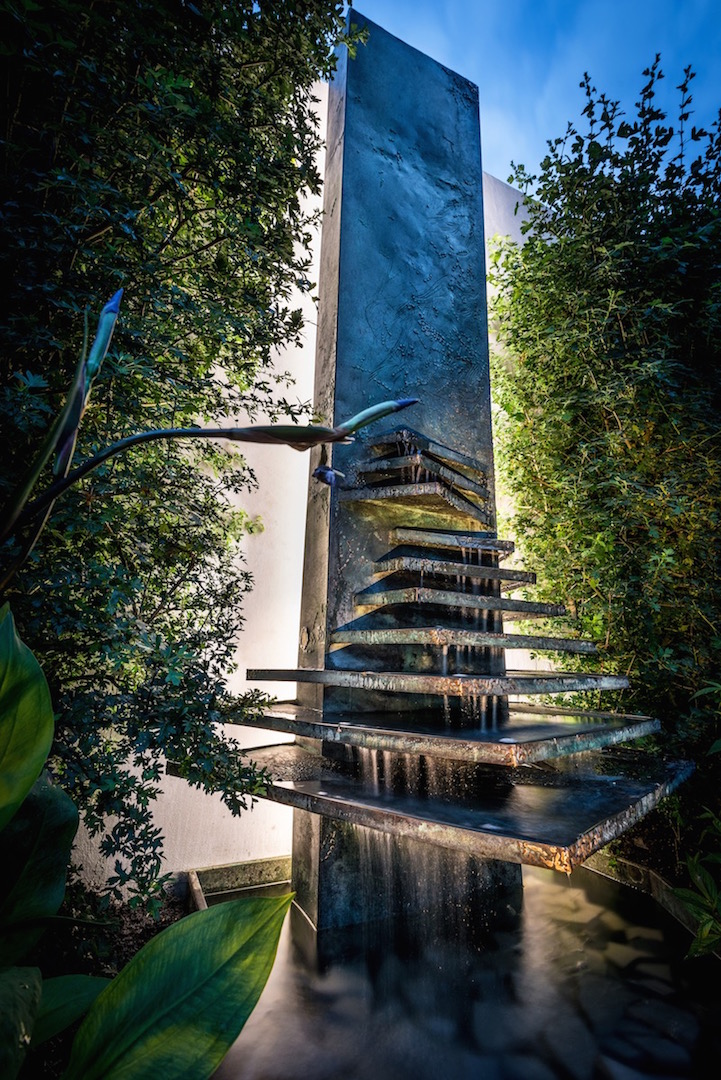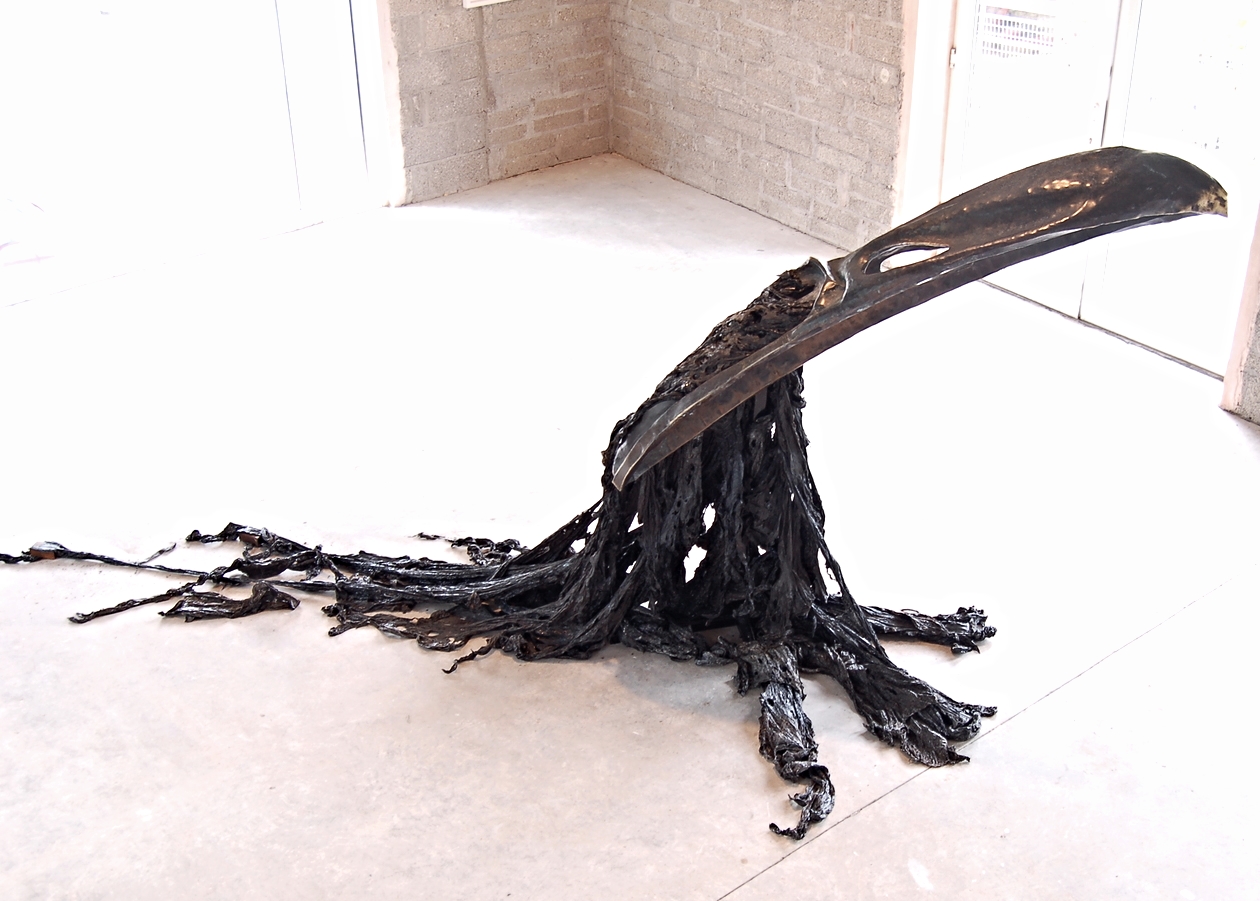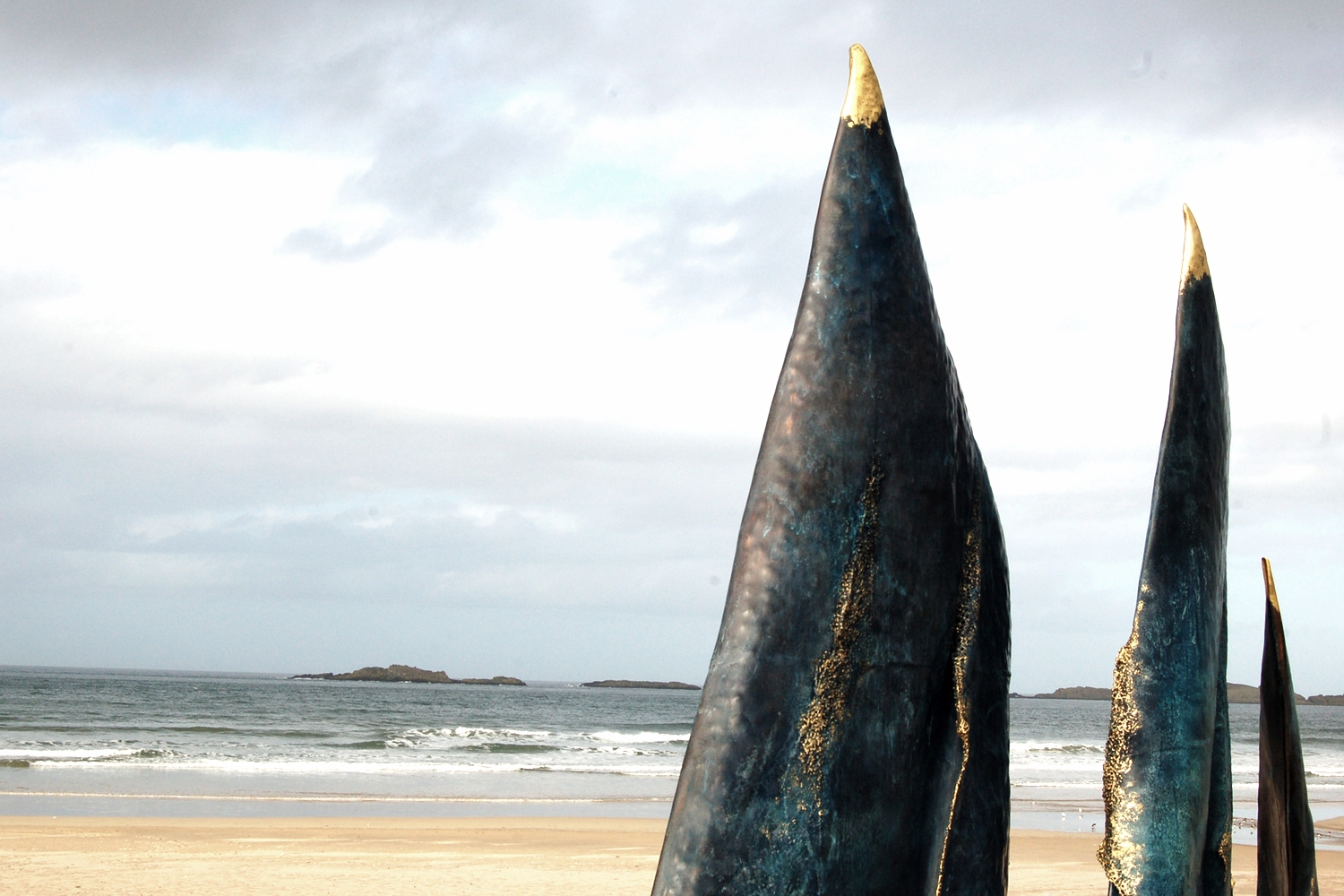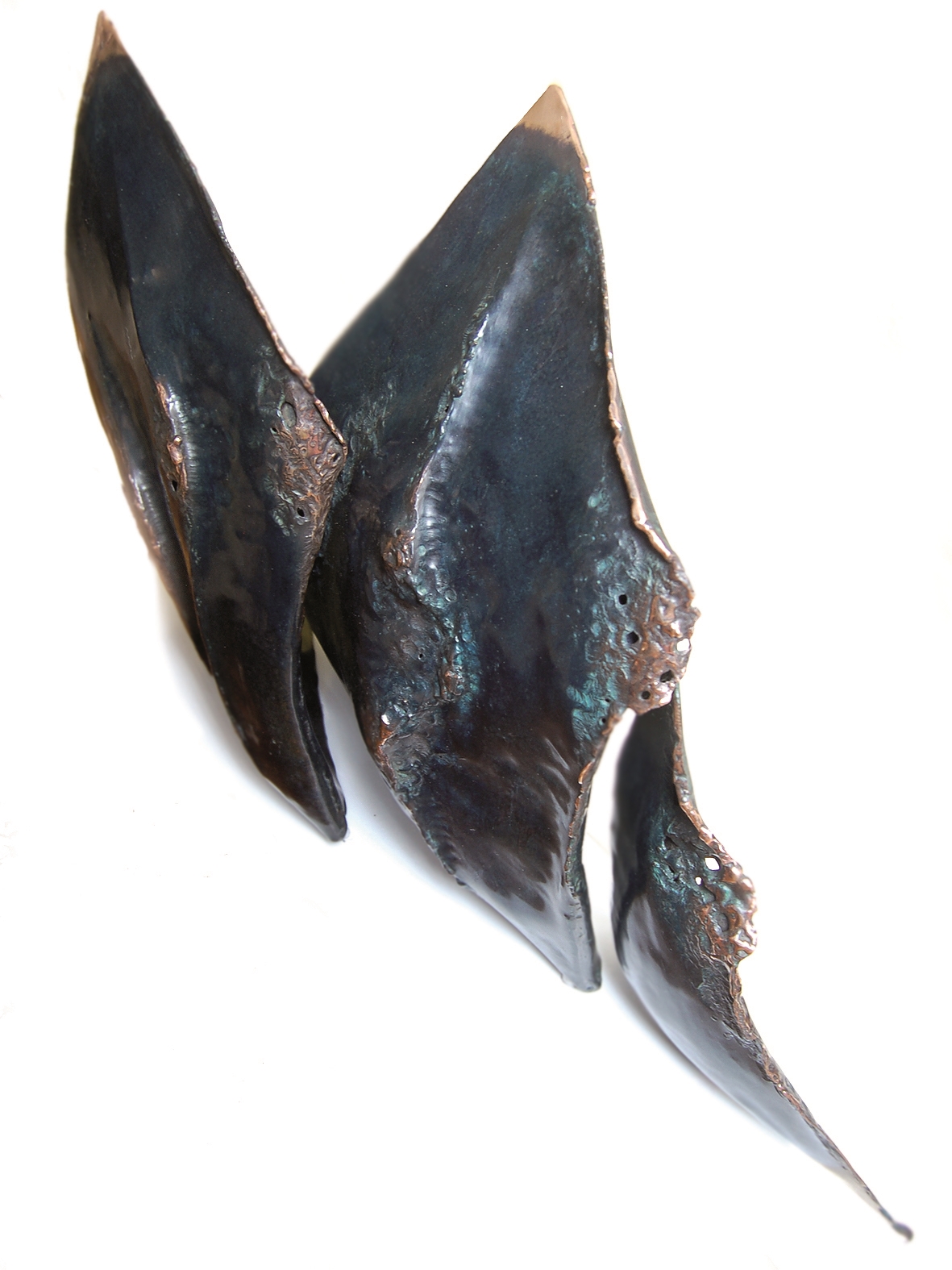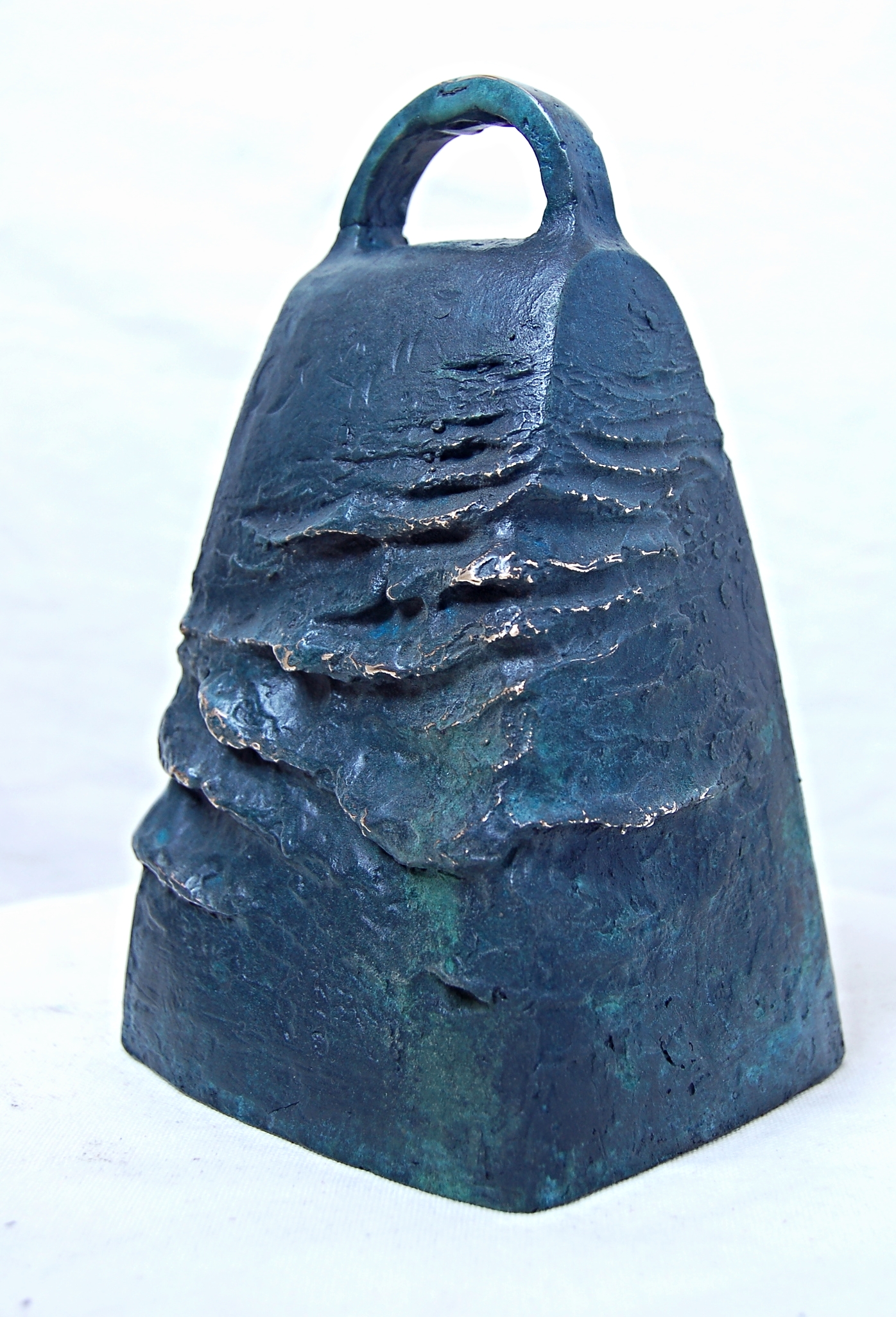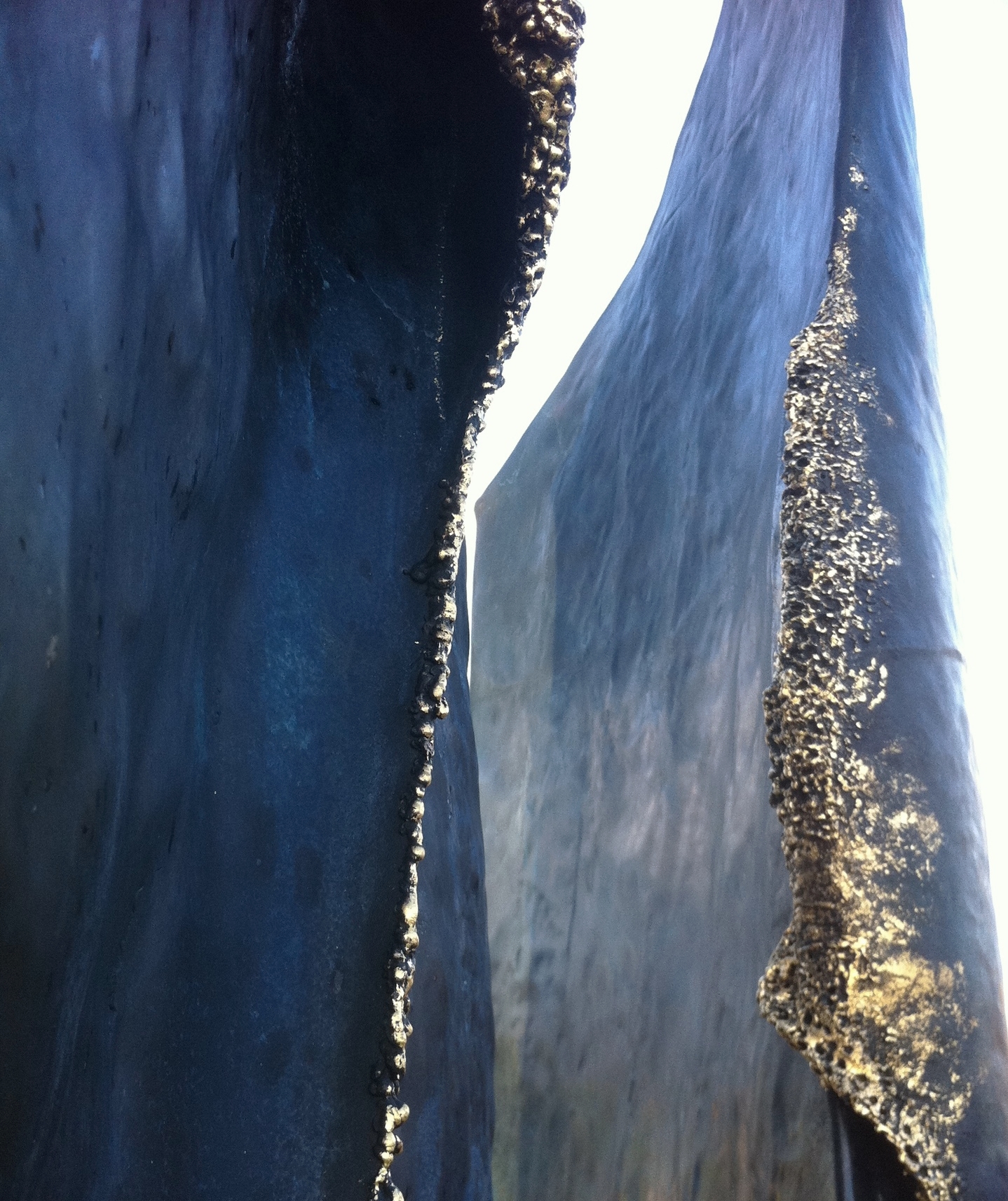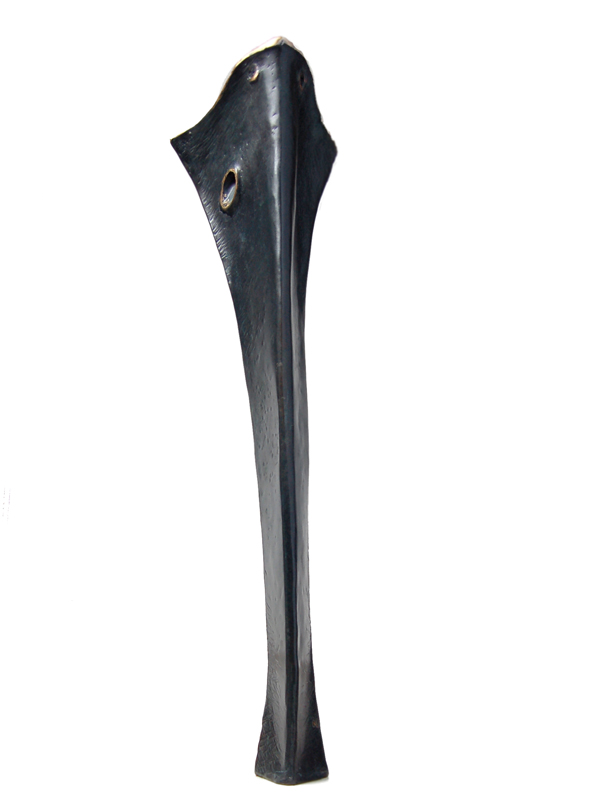This new public sculpture project for Winchester links the 1960s Casson Block with the sacral architecture (buttress shape) of the nearby medieval Cathedral and the long-demolished Saxon church of St. Ruald's which once stood on this site. The abstract form will be worked with a water-like surface texture, referencing the adjacent Upper Brook which formed part of the Roman drainage scheme of the River Itchen marshes. The sculpture entitled Holmweard will be fabricated in repoussé sheet bronze while a stainless steel element references both the modernist post-and-beam architecture and the ancient Roman watercourse of the three brooks. The Anglo-Saxon word Holmweard translates as 'guard on an island' - a reference to ancient Winchester being sited on islands in the river Itchen. Winchester's High Street has been a thoroughfare since the Bronze Age and the ancient fording point is still visible as a dip in the road! Antony Gormley's Sound II is located in the Cathedral crypt within a short walk's distance of the site.
The Architect of the Casson Block, Sir Hugh Casson (1910-1999), was a celebrated architect, artist and writer. The sculpture marks his life and work as well as the achievements of Winchester's medieval master masons who remain unknown.
More information on the project website www.cassonblock.com and the Facebook project page.
Revit® BIM image of the sculpture rendered with water-like texture
View from inside Manow Thai restaurant
View from St. George's Street, showing siting in the old fountain area
View from Tom's Deli and new outdoor seating area














